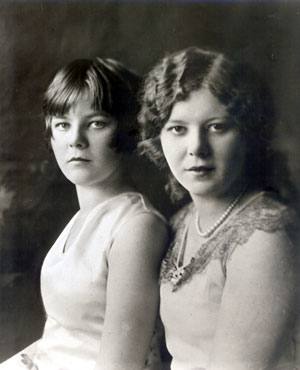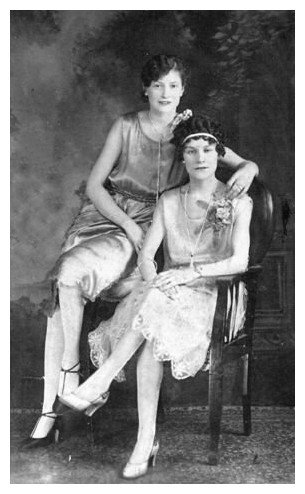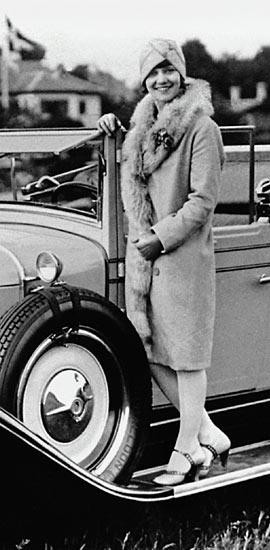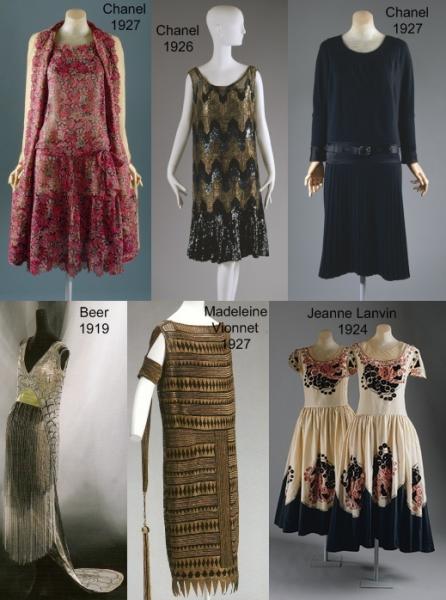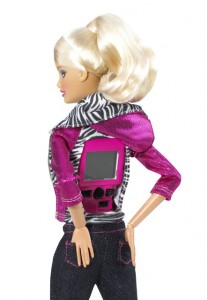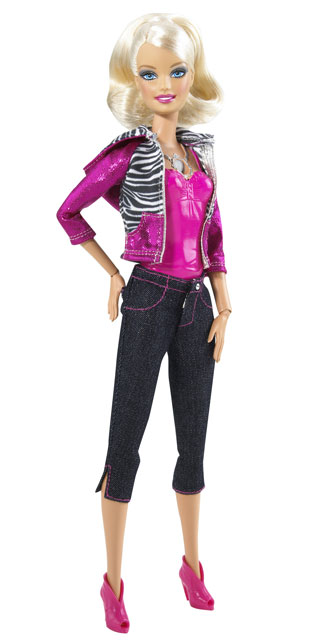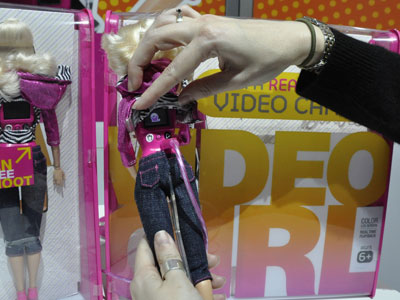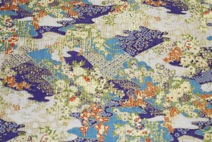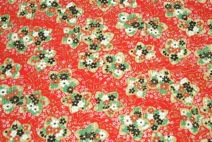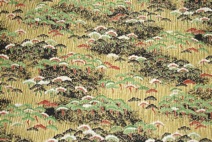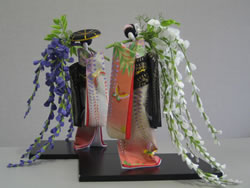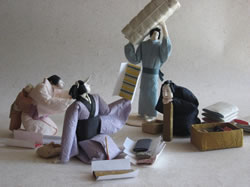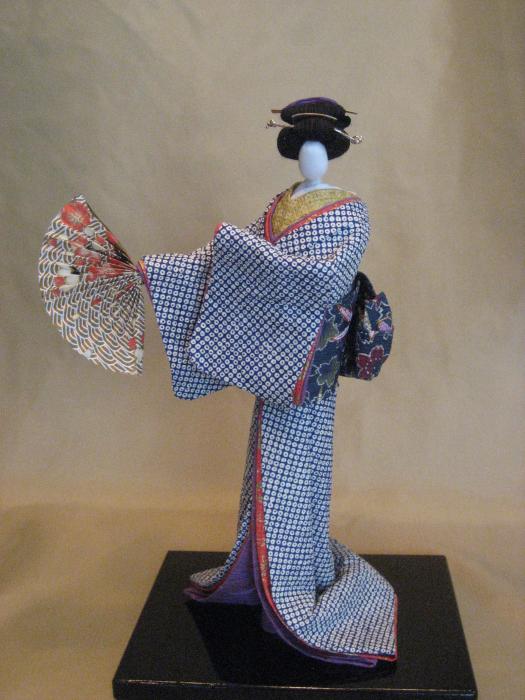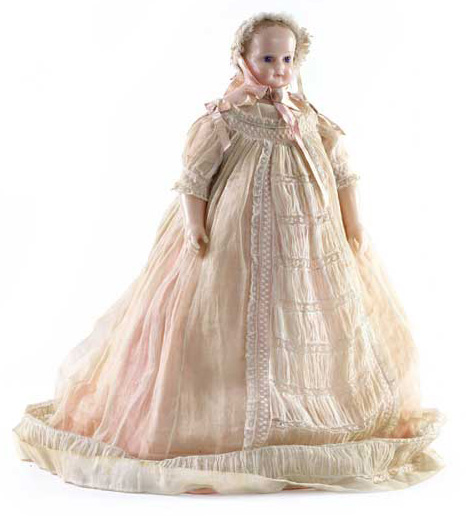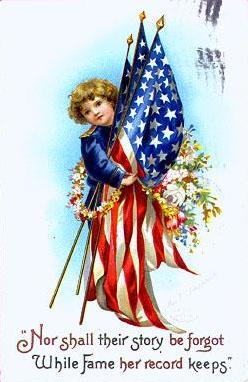 Memorial day is a great way to remember our patriotic heroes who sacrificed their lives to help us breathe the air of freedom.This day is observed with families and friends visiting cemeteries and memorials to pay homage to their loved ones. Memorial day was first celebrated on May 30, 1868. It was observed by placing flowers on the graves of Union and Confederate soldiers during the first national celebration. Gen. James Garfield made a speech at Arlington National Cemetery, after which around 5,000 participants helped to decorate the graves of the more than 20,000 Union and Confederate soldiers who were buried there.
Memorial day is a great way to remember our patriotic heroes who sacrificed their lives to help us breathe the air of freedom.This day is observed with families and friends visiting cemeteries and memorials to pay homage to their loved ones. Memorial day was first celebrated on May 30, 1868. It was observed by placing flowers on the graves of Union and Confederate soldiers during the first national celebration. Gen. James Garfield made a speech at Arlington National Cemetery, after which around 5,000 participants helped to decorate the graves of the more than 20,000 Union and Confederate soldiers who were buried there.In 1915, inspired by the poem “In Flanders Fields,” Moina Michael replied with her own poem.
We cherish too, the Poppy red
That grows on fields where valor led,
It seems to signal to the skies
That blood of heroes never dies.
She then came up with an idea of wearing red poppies on Memorial day in honor of those who died serving the nation during war. She was the first to wear one, and sold poppies to her friends and co-workers with the money going to benefit servicemen in need.
Memorial Day Facts:
* Memorial Day is a day of remembrance of those who have died serving our country.
* On Memorial Day, the flag should be at half-staff until noon only, then raised to the top of the staff.
* Red Poppies are recognized as the Memorial Day flower.
* “Taps” is often played at ceremonies on Memorial Day.
* Memorial Day was first called “Decoration Day” because of the practice of decorating soldier’s graves with flowers.
* New York was the 1st state to officially recognize Memorial Day.
* Flowers and flags are the two most popular items people use to remember soldiers.
* Memorial Day was declared a federal holiday in 1971.
Michelle minidolls.com


